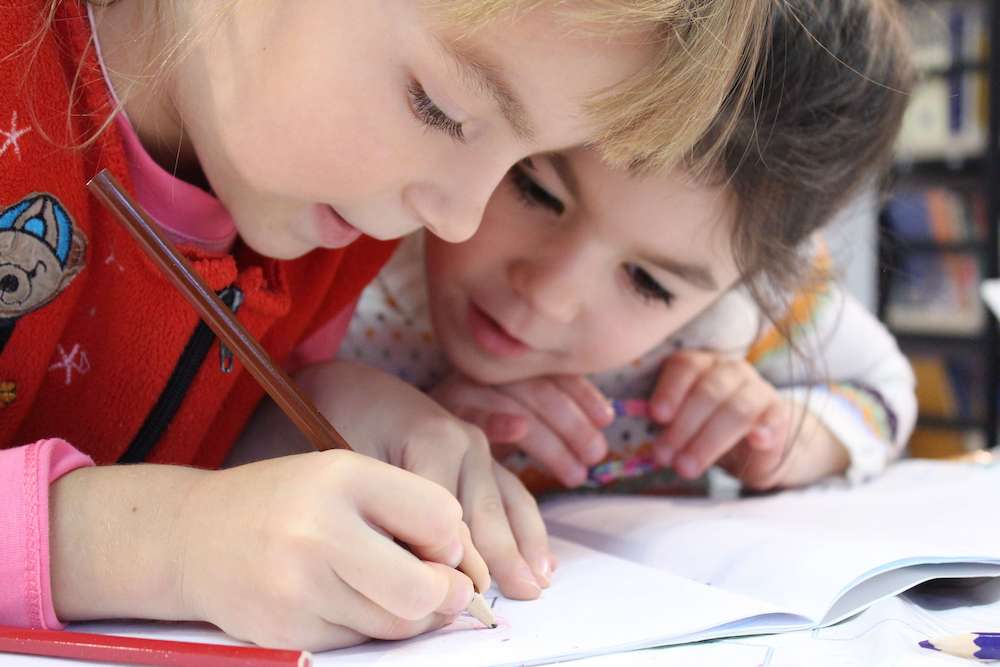
Early learning centers were established to provide an extra helping hand in young children’s growth and teach them skills that they need to thrive in life. But as their first teacher, it is the parents who should help children handle their feelings and emotions.
While preschool teachers are trained to deal with the different feelings that their students experience in school, the little ones might not open up to them. Because of this, parents should find ways to help children handle their feelings and emotions, especially recognizing and expressing what’s in their hearts.
Identifying and Recognizing Children’s Emotions
Like everything else in their young lives, the different emotions children go through every day will be new to them. To help them understand their feelings, it is important that parents come up with a way to introduce each emotion to their children in a way that would make sense.
Children still consider their emotions as “strangers” because they haven’t been introduced properly. That said, parents should offer a name for each of those feelings based on the situation.
For example, a young girl’s mommy is about to leave her home for the first time since she was born to go to work. Once the mother notices that her daughter is crying as she heads out to the door, she should go down to her level and help her identify the emotion she is feeling at that very moment. She can soothe the child by saying, “Mommy has to leave for work. You are sad to say goodbye.”
Recognizing a child’s emotion is also important to let him or her know that while emotions may sometimes be unpleasant, it is not something that he or she needs to fear. To achieve this, parents should empathize to let the child know that it is normal to feel that way and that their mama or papa understands how they feel. This will ensure that the little one feels secure and become more likely to develop resilience.
How to Teach the Expression of Feelings
Aside from identifying and acknowledging that they are there, parents should also focus on helping their children become more expressive about how they feel. This will not only avoid misunderstandings that lead to parent-child arguments but also promote a deeper bond between them.
In preschool and other childcare institutions, teaching children about feelings is an important part of the classes. One strategy utilized in early childhood learning centers that parents can also apply at home is the use of “I feel” statements. As the name implies, these statements help correct the child’s manner of speaking to another person.
For instance, a young boy’s classmate broke his toy and he is upset after finding this out. Rather than shouting bad words and insults at the other child, he should be taught to say, “I feel sad because you broke my toy.” This will spark a conversation about the situation between the parties involved and eventually lead to a favorable resolution of the conflict.
Important Tips for Parents
While it may seem like the other way around, most children don’t trust easily—at least not in the same level they do for their parents. Because of this, mommies and daddies should understand that they will be the first adults to have the chance to offer guidance to their little ones in different matters of life, including how to handle their feelings.
Here are some essential tips parents can use to help children handle their feelings successfully, especially if they are expressive about their emotions and sensitive to others’ feelings as well.
1. Avoid Punishment
While punishment may seem like the logical response for tantrums, it isn’t as effective as most people think it is. In fact, it can even be counterproductive as disciplinary actions only correct misbehavior and offer no guidance to children about dealing with their emotions. Often, children will get the wrong idea when these methods are used and will inadvertently blame their negative feelings for their bad behavior.
2. Promote Openness Through Praise
Parents who praise their children for expressing their emotions are on the right track. This is because doing so will encourage children to become more open to their moms or dads, especially when it has something to do with how they feel.
3. Stay Calm
Parents should stay calm even when their child is throwing a tantrum. While this may be easier said than done, it doesn’t change the fact that this is the key to successfully helping the child understand, handle, and cope with his or her feelings.
As guardians of the younger generation, parents’ actions and reactions serve as the example that children will use as the basis for their own behavior in similar situations. This means that if the mother starts shouting at her crying toddler after the little one lost a toy, the child will take this as the right way to react to similar scenarios.
Explaining How Emotions Work
After a tantrum, most parents forgive and forget. But this should not be the case. Mommies or daddies should take this very moment and use it to teach their children something significant—that emotions aren’t permanent.
Once the child has calmed down, parents should explain to them that feelings pass through people, build up, and come crashing down all at once. While people cannot change how they feel, they can choose how to react to those emotions and behave once they arise.
AUTHOR BIO
Lama Chivi is the CEO of Blossom by Babilou Education in the UAE. Having lived in Dubai for over 30 years, she combines the best of international practice and local expertise into this leading British Curriculum Nursery, delivering a top-tier and high-quality offering to the MENA region. The mission of Blossom by Babilou Education is to support children in building their own identity, self-discovery, and awakening while respecting their own pace and their uniqueness.